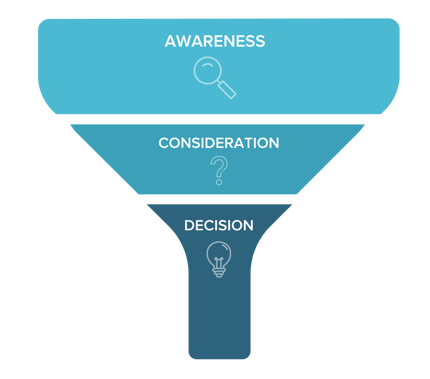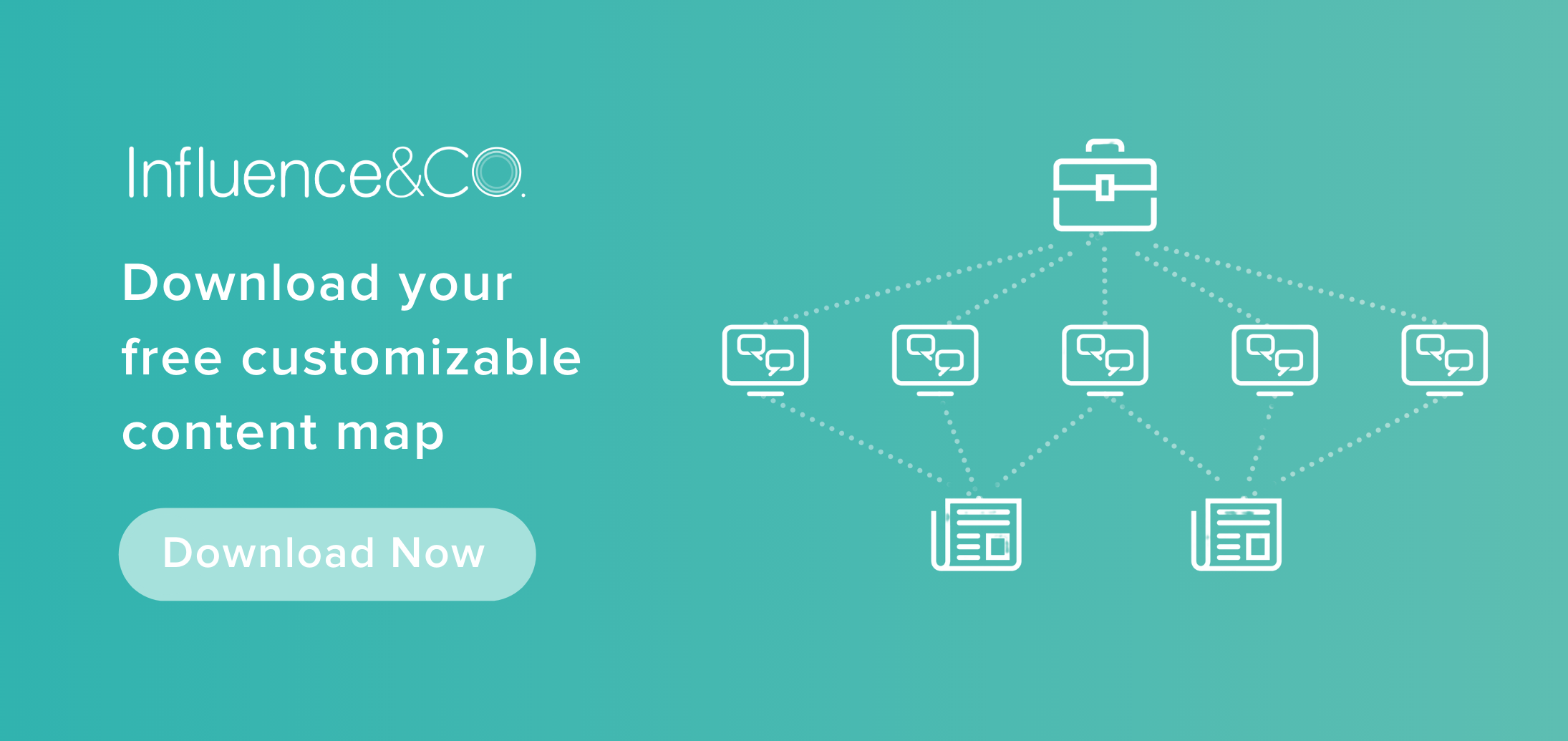Let's face it: The marketing funnel is pretty misunderstood. Because of the funnel's design, it can be easy to assume that engagement stops at the bottom of the funnel when leads turn into customers. But that couldn't be further from the truth.
Today, leads have a wealth of information at their fingertips. They might read reviews, engage with guest-contributed articles, and peruse blog posts before even getting in touch with your company. And once these prospects become paying customers, they often act as brand advocates for your business. That's why marketers' newfound focus has to involve delighting potential and current customers.

A main misconception about the marketing funnel is that it stops at the bottom after a sale. Customers aren't just the end product of the marketing and sales processes, though: They need to be the center of your marketing strategy.
Why?
According to HubSpot: "Companies that align their success with their customers not only scale, but also create delight, loyalty, and love from the people who matter most. When companies grow better, they meet even the highest of customer expectations, and the result is a better business, better relationships, and a better path to growth."
That's where the flywheel comes in.

Source: HubSpot
While the marketing funnel represents the stages a person needs to go through to become a customer, HubSpot's flywheel model focuses more on long-term growth and continued momentum. It allows you to use various types of content to attract, engage, and delight your audience. Each type of content can be applied at different points of the engagement to ensure you're focused on customer health and success, in hopes that your current customers also help you grow your business.
Where Content Fits Into the Flywheel
Although your unique marketing strategy might use each type of content slightly differently, we've outlined a few content marketing tactics below and described how they can fit into the marketing flywheel model. This should help you picture how you might be able to apply these principles.
SEO
Search engine optimization fits into the buyer's journey's awareness stage, when your audience members are realizing they have a need. SEO allows you to position your content to be seen on search engine results pages so you can reach people who are researching the kinds of products or services you offer.
Within the flywheel model, you could use SEO in the following ways:
-
Attract: A good SEO strategy allows you to get in front of potential customers with helpful content at the moment they need it. Keyword research can help you align your content with your audience's needs and questions as they research the answer to their problem or the right partner for their project.
-
Engage: When long-tail keywords and intent-based queries drive keyword strategies, you’re more likely to tap into the heart of the problem your audience faces. A solid SEO strategy can lead your audience to engage with multiple pieces of content on your site and build familiarity with your brand.
-
Delight: When prospects find the answers to their questions or learn something new from you as they’re researching, they start viewing your brand as a trusted resource, making them more likely to revisit your website down the line when they're looking for help.
Infographics, Whitepapers, and Case Studies
Content products including infographics, whitepapers, and case studies typically fit into the consideration stage of the buyer's journey. These pieces of content often illustrate what makes your company different and how you can support your prospects.
Within the flywheel model, you can use these content products in the following ways:
-
Attract: Search engines love content that mixes visuals and written copy, so publishing these more visual pieces of content can improve your website’s SEO value. Long-form content can also provide SEO advantages.
-
Engage: Gated content is a great way to move prospects into the sales pipeline because they're trading their contact information for your high-quality content. Surveys and other interactive pieces of content can also generate valuable input from your audience and a way to continue interacting with them after the piece itself has been consumed.
-
Delight: Infographics allow you to break down topics into digestible, eye-catching content. You can use infographics to delight customers by illustrating processes and mapping out strategies visually.
—
To learn how to create gated content that generates results, download your free  .
.
—
Blog Content
On-site blog content can serve the awareness and consideration stages of the buyer's journey. This content should be educational and position your company as the go-to expert in your space.
Within the flywheel model, you can use blog content in the following ways:
-
Attract: Maintaining a library of educational content on your website allows you to educate your website visitors.
-
Engage: You can fuel your email marketing campaigns with blog content and equip your salespeople with sales enablement content they can use to educate leads and overcome objections.
-
Delight: Your customer service and account management teams can use relevant blog content to continue to educate current clients so they can reap more value from your products or services. This content can also help you secure upsells with existing clients.
Off-Site Content
Off-site content, including guest-contributed articles, press mentions, and other media opportunities, fits into the awareness stage of the buyer's journey. Off-site content positions your company as a credible thought leader in your industry.
Within the flywheel model, you could use off-site content in the following ways:
-
Attract: Guest posts and press mentions can boost your brand visibility and showcase your company's industry expertise. Off-site content can also serve as a nonpromotional way to familiarize your target audience with your philosophies, unique insights, and capabilities.
-
Engage: In some cases, off-site content can include a backlink, encouraging “strangers” to discover your brand for the first time. The backlink could be to an educational blog post to educate the person further or to a piece of gated content that can allow you to convert the visitor into a lead to nurture.
-
Delight: Externally published pieces are often newsworthy or addressing interesting data or trends. Use this content to generate excitement among your internal team members and motivate them to do their best work for your customers. Off-site content can also help you continue to build credibility among your customer base and make them proud to do business with you.
Email
Email newsletters and drip campaigns serve as nurture content that helps draw your audience members closer to becoming leads and then customers, spurring them to move through your sales cycle.
Within the flywheel model, you could use email content in the following ways:
-
Attract: A personalized email campaign can be a "foot in the door" for your audience to start learning about your company.
-
Engage: Email campaigns such as newsletters and drip campaigns can serve as consistent touchpoints with your audience that continuously reinforce your company’s expertise and keep you top of mind.
-
Delight: Don't overlook email for existing customers. Put together a newsletter that shares your most impactful content with your customers so they can stay up-to-date with what you're doing and continue to gain the most value out of your partnership and your company's products or services.
Whether you find the funnel or the flywheel to be a more approachable strategy is up to you. The most important thing to remember is this: Content can be used as a vehicle to bridge the gap between generating new business and delighting customers. This way, you won't miss out on the vast benefits you can realize when customers become advocates for your brand and shout your praises from the rooftops.
To create an effective content marketing strategy that reaches your audience with the right content at the right points in their journey, you need a plan. Download your free content map template below to get started!











